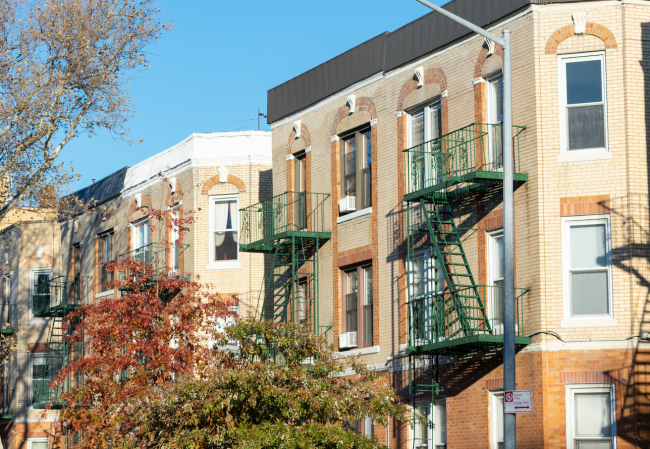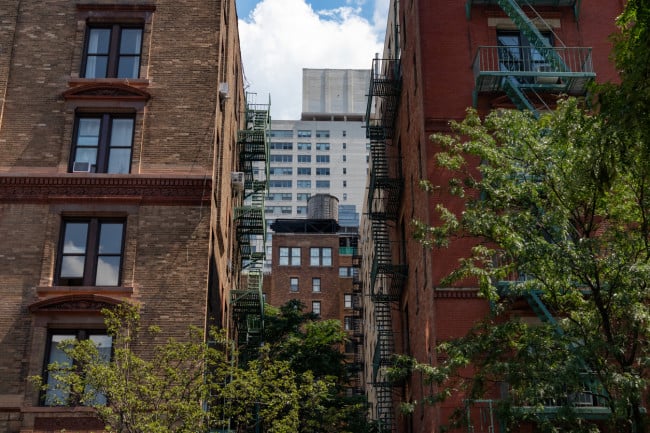What is a ‘constructive eviction’ and what situations does it apply to?

If you have to vacate your apartment because it's uninhabitable, you might have a case for a construction eviction.
iStock
On rare occasions, the condition of an apartment becomes so intolerable that tenants are forced to vacate. When the issues are caused by a landlord—or their negligence—it is considered a constructive eviction.
Unlike a traditional eviction, which a landlord initiates, a constructive eviction is sought by a tenant in response to a problem caused by a landlord, or by someone that your landlord has authority over.
Sam Himmelstein, a tenants' rights lawyer with Himmelstein, McConnell, Gribben, Donoghue & Joseph (and a Brick Underground sponsor) says that the situation has to be so egregious that you have to vacate the apartment. So a minor leak or a neighbor who occasionally throws a noisy party would not be grounds for a constructive eviction.
Constructive evictions do not happen often, says Steven Kirkpatrick, a partner at the law firm Romer Debbas. And, he says, “If the issue prevents you from using only a certain area of your apartment, that would be considered a partial actual eviction, not a constructive eviction.”
These situations are more serious than a warranty of habitability claim, which a tenant files when a landlord fails to maintain an apartment. But, if a landlord refuses to fix a warranty of habitability violation, then you might have a case for a constructive eviction.
What situations apply to a constructive eviction?
One example of a constructive eviction claim: If your landlord fails to provide heat or hot water during cold winter months, forcing you to leave. From October 1st through the end of May, your landlord must provide heat between 6 a.m. and 10 p.m. if the temperature drops below 55 degrees, and it must be at least 62 degrees in your apartment at night, regardless of the temperature outside.
Himmelstein recalled a constructive eviction case that involved a landlord renovating the brickwork on a facade.
As a result of the work, red dust spread into a renter’s apartment and all over their belongings. Lead tests in the apartment showed unsafe levels, and the tenant’s doctor said she was at risk of lead poisoning.
Mold might also be a case for a constructive eviction if it’s severe enough. However, it can be tricky because there are varying degrees of mold infestations. So you might need an expert or a medical professional to determine if the situation poses a big enough health risk, Kirkpatrick says.
If you have a neighbor who regularly throws noisy parties and it prevents you from sleeping at night, it would be a violation of the covenant of quiet enjoyment. And, if your landlord fails to resolve the issue, it could qualify as a constructive eviction.
“It would have to be a situation where the neighbor is essentially using their apartment as a party venue,” Kirkpatrick says.
What is the process?
If you have told your landlord about the problem and given them time to remedy it, which they failed to do, the next step would be to vacate your apartment altogether. But “it has to be done promptly,” Kirkpatrick says. Most landlords will resolve the situation before it reaches this point. And you can't claim a constructive eviction if you remain in the apartment.
Once you move out of the apartment, you would file a constructive eviction claim in either small claims or civil court.
“If successful, your lease would be terminated or rescinded,” Kirkpatrick says.
You Might Also Like




























